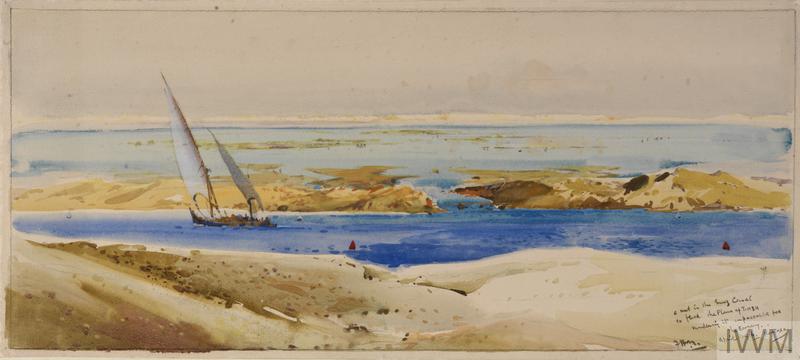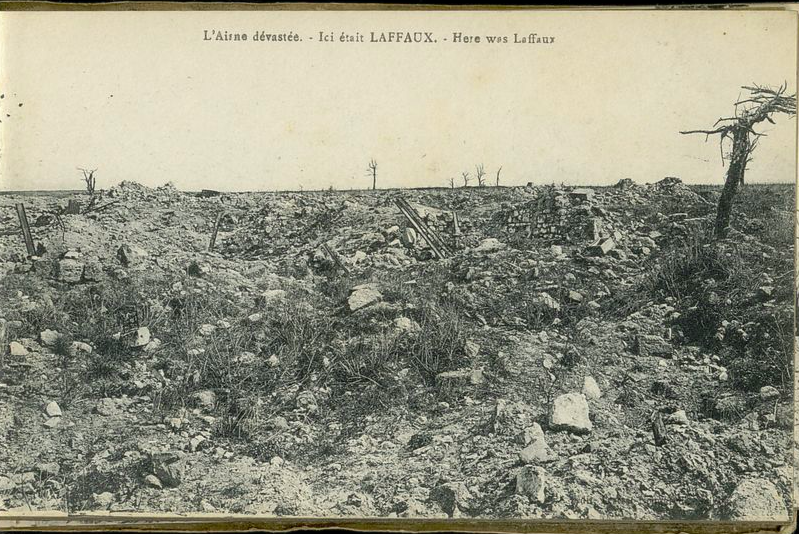|
Organising institutions The Centre international de recherche de l’Historial de la Grande Guerre (CIRHGG, Péronne) together with the EHESS (Paris), the University of Heidelberg, the Centre for Contemporary and Digital History de l’université du Luxembourg, and the Université de Picardie Jules Verne (Amiens), invites applications for its third summer school for graduate students (masters and PhD) working on the First World War. Objectives We intend to bring together an international group of 20 to 30 graduate students working on military, cultural, social, and environmental history of the First World War from 2nd to 7th July 2018. Over the course of the week, they will have opportunity to get to know each other, but also a wide range of internationally recognized academic experts. Guided tours on excursions to French and Belgian sites are an integral part of the program and will enrich the participants' experience. Subject After the 2014 and 2016 editions of our summer school, which focused respectively on initiations in contemporary wartime experiences (http://1418.hypotheses.org/547) and on the "Face of Battle" and battlefields http://1418.hypotheses.org/1059), we have chosen a new topic for 2018: the environmental history of the First World War.
We understand the environmental history of the Great War in a broad sense. We will of course reflect on the environmental consequences of the war: the destruction of cities, villages, soils, various forms of pollution and their counterparts: reconstruction and reconstitution (at the level of public policies but also at the level of territories), de-mining of battlefields, exhumation and re-inhumation of the dead, policies for maintaining their memory and handling war ruins (and in particular battlefields). This obviously implies taking into account the long duration of the Great War, since the environmental footprint of the Great War is often present to this day. Moreover, the environmental consequences of the war are not confined to the front lines. The economic exploitation of the hinterlands, even if they are far away from the epicentres of warfare, has their rightful place in this context, as it results in sometimes profound and long-lasting changes to ecosystems. For example, what does the totalization process mean in terms of exploitation of oil, mineral resources, forestry, agriculture, etc.? Thus the stigmata of the famine of 1915-1916 in Mount Lebanon are visible until today in the landscapes. The history of cities will also be an important focus, since the war also had a great influence on urban development, as it did in Thessaloniki, for example, due to the massive presence of Allied troops, but also to a great fire in 1917. However, this conception of environmental history based on the consequences of war does not in itself sum up the relationship between individuals and their environment. The environmental conditions and constraints that the environment imposes on warfare are at the heart of many current research projects that examine the relationship of individuals and groups to the space around them and their larger environment. This means that varied scales of analysis must be used. The relationship between combatants and their combat environment, for example, can then be evoked on the basis of both meteorological and geographical criteria. Newspapers and correspondences are full of references to geographical features, to places lived in, to the weather. The drawings and photographs represent "war landscapes" in large numbers.
This will make it possible to address in return not only the effects of war on various environments, but also the effects of the environment on warfare and those that take part in it on the different theatres of operations (mountains, seas, hot and cold deserts...). This may then also allow us to investigate a new global history of the world war in terms of latitudes, longitudes, altitudes, in short to consider the possibility of a geohistory of the Great War that is as concerned with the environmental conditions as with the environmental consequences. Program Participants will benefit from guided tours of the battlefields and memorial sites in France and Belgium (Somme, Ypres...), with specialists, practitioners and experts in battlefield archaeology. Lectures and discussions with leading First World War historians (including members of the CIRHGG Steering Committee) and environmental history experts will complement workshop sessions led by members of the organizing committee (Franziska Heimburger, Benoît Majerus, Nicolas Beaupré). Successful students will also have the opportunity to present their own work from the perspective chosen by the summer school. Conditions Advanced masters students and doctoral students can apply to the summer school. Research themes directly related to the school's theme or showing how their research is linked to it will be prioritised, but all masters or doctoral students working on the Great War and its consequences can apply. The working languages of the Summer School will be English and French. In order to participate fully in the programme and in particular the guided tours, at least a passive knowledge of French is required. In order to enable us to exchange efficiently, we will send participants a preparatory dossier to be read ahead of the summer school with archival excerpts and scientific articles. We will cover accommodation (single or double room; shared bathrooms), transportation (from and to Paris), entrance fees for the different sites and most meals. We also hope to be able to contribute to the transport costs of participants to and from Paris, especially for those whose home institutions do not subsidize this type of expenditure. We strongly encourage applicants to try to secure partial or full funding of these transport costs from their home university.
Applications must be submitted by midnight on Thursday, 15th February 2018. Procedure:
Organising committee: Nicolas Beaupré (Université Clermont-Auvergne - Centre d’Histoire « Espaces et cultures ») Caroline Fontaine (Centre International de Recherche de l'Historial de la Grande Guerre, Péronne) Franziska Heimburger (Sorbonne-Université - EA Histoire et Dynamique des Espaces Anglophones) Benoît Majerus (Université du Luxembourg - Centre for Contemporary and Digial History) Claire Morelon (Università degli Studi di Padova – DiSSGeA)
|




